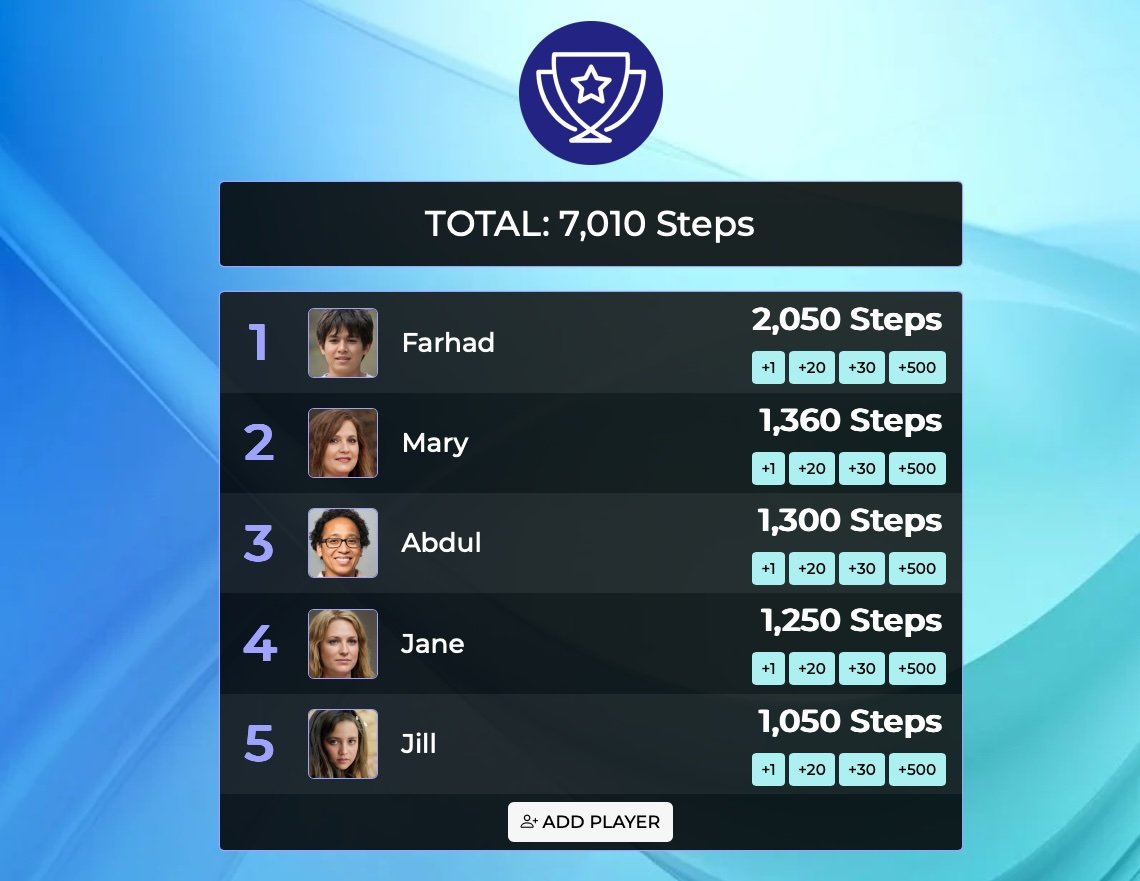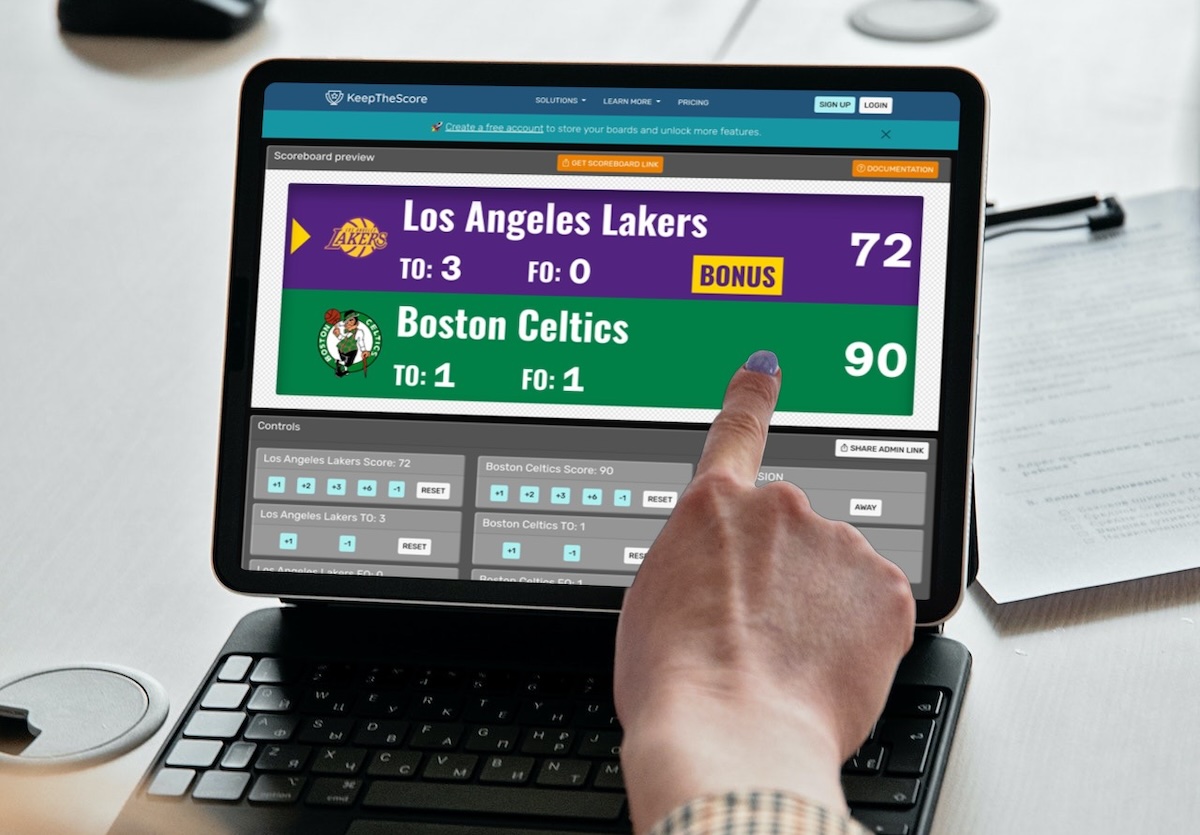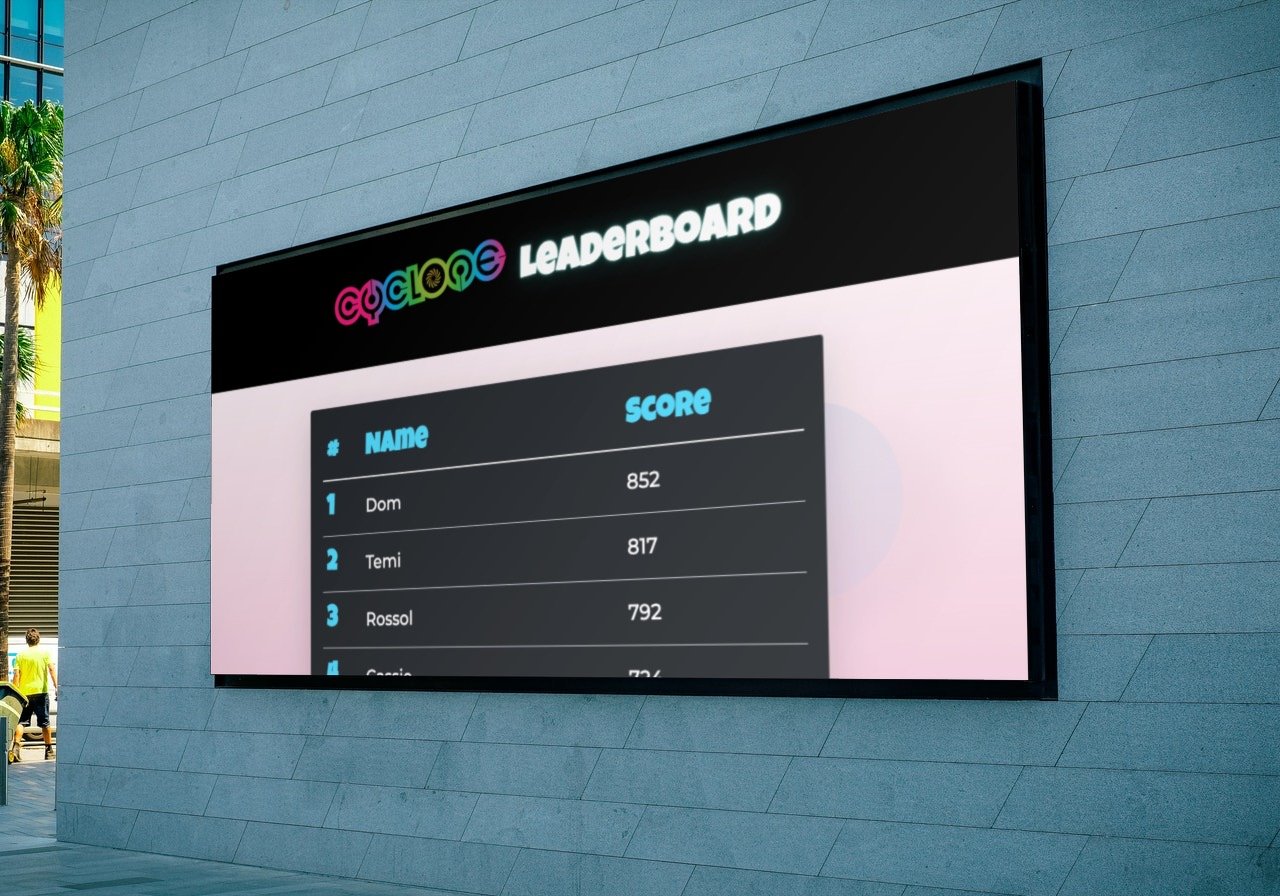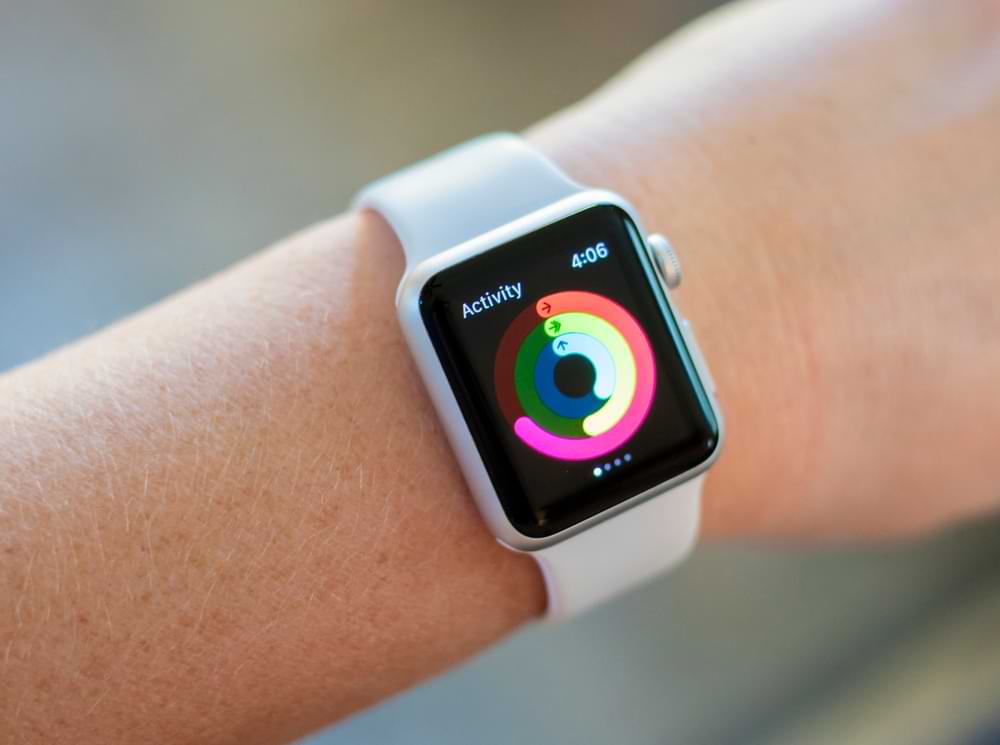
A weight loss challenge with friends or loved ones is a fantastic way to stay motivated, build healthy habits, and achieve your fitness goals. But before you dive into the fitness challenge, let's explore how to structure a successful weight loss challenge that's both fun and sustainable.
Defining Your Weight Loss Challenge
First things first, define your goals. What are you looking to achieve? Is it solely focused on losing weight, or do you want to tone and build muscle, or improve your overall well-being? Figuring out what you want to accomplish is an important step in being successful.
Structuring Your Weight Loss Challenge
A well-structured fitness rivalry sets the stage for success and is essential for keeping participants engaged and motivated. Here are a few key areas to prioritize.
Choosing the Right Challenge Format
There's no one-size-fits-all approach. While a solo approach may be best for some, a group format adds a helpful layer of encouragement.

- Individual Challenges: Great for those who prefer a self-paced approach. You can use a weight loss tracker (more on that later) to monitor progress and celebrate milestones.
- Competition with friends: Strength in numbers! Having support in your weight loss and fitness challenge adds a social element and keeps everyone accountable.
- Workplace Weight Loss Challenge Ideas: Promote a healthy work environment with friendly competition. This fosters a sense of community and can boost employee morale.
Setting Clear Rules and Guidelines
Clear expectations are necessary for a successful fitness challenge. To ensure everyone is on the same page, consider the following:
- Duration: Determine the optimal length based on participants' goals and commitment levels. Shorter challenges might focus on quick wins, while longer challenges can promote sustainable lifestyle changes.
- Eligibility Criteria: Define who can participate. Are there age, health, or fitness level restrictions?
- Progress Tracking: Clearly outline how progress will be measured. Options include:
- Weight loss
- Body measurements (waist, hips, etc.)
- Fitness goals (number of workouts, distance run, etc.)
- Before-and-after photos
- Subjective measures (increased energy, improved sleep, better mood)
- Frequency of Check-ins: Specify how often participants will report their progress. Daily, weekly, or bi-weekly check-ins can be effective.
- Allowed Activities: Clearly define what activities are permitted (e.g., exercise types, dietary restrictions).
- Prohibited Activities: Outline any activities or substances that are not allowed (e.g., supplements, extreme diets).
- Reward System: Establish clear criteria for earning rewards. Consider different tiers of rewards based on achievement levels.
- Dispute Resolution: Outline a process for handling disagreements or disputes about progress tracking or rule violations.
By providing clear guidelines, you minimize confusion and ensure fairness for all participants.
Tracking Progress With Keepthescore.com’s Leaderboard
Sharing your progress and maintaining support throughout this journey can help you succeed. Consider using a platform like Keepthescore.com to create a customizable leaderboard.
It offers real-time updates, is fully customizable, and features live chat functionality to show comments, gifs and images. We even offer a free plan (supported by ads) to get started.

Our easy-to-use interface is accessible on any device, and can be set up is less than 60 seconds - making it a stress-free choice for any group challenge.
Building a Supportive Community
Having support from friends, family, or colleagues is essential to success. Here are some strategies to help foster a supportive environment:
- Establish Community Guidelines: Create a set of rules for online interactions to maintain a positive and respectful atmosphere.
- Encourage Sharing: Promote a culture of sharing experiences, challenges, and successes. For example, a private Facebook group or a Keepthescore.com leaderboard is an easy way to communicate online, share experiences, encourage one another, and celebrate success stories.
- Organize Virtual or In-Person Gatherings: Schedule regular check-ins or social events to build connections. Our leaderboard solution can be displayed online or on a live stream, making it a great way to connect virtually.
- Recognize Achievements: Celebrate milestones and accomplishments to boost morale.
- Expert Input: Invite guest speakers, influencers or experts to share knowledge and advice.
- Feedback Loop: Regularly seek feedback from participants to improve the community experience.
By creating a supportive and inclusive community, you can enhance participants' motivation and overall well-being.

Creating Teams
For large groups, or workplace weight loss challenges, consider a team-based competition. A team leaderboard can add an extra layer of motivation and foster teamwork. With real-time updates, collaborative features, customizable branding, live chat, and easy access on any device, our online leaderboard is the perfect solution for group and team challenges.
Start building your free online leaderboard now!
Creating a Sustainable Weight Loss Journey
Sustainable weight loss is about building healthy long-term habits to cultivate a healthy lifestyle. So a successful fitness challenge should foster long-term well-being rather than just short-term results. Instead of centering the attention on losing weight, focus on overall health, happiness, and body positivity.

Prioritize balanced nutrition by educating participants about macronutrients, portion control, and meal planning, while encouraging whole foods and limiting processed options. Also, promote regular physical activity through diverse workout options, emphasizing enjoyment and incorporating strength training.
Stress management and quality sleep are also crucial, so offer relaxation techniques and sleep education. Lastly, building a strong support system with peer groups, professional guidance, and online resources can also significantly impact long-term success.
Implementing a Tracking System
In addition to using a leaderboard to track your weight loss against your peers, it can also be beneficial to track your workouts, and meals. Consider using a fitness tracker, smartwatch, or app on your smartphone. You can also use something as simple as a spreadsheet if you prefer. Whatever you decide, choose a method that's easy to access and update regularly.
Setting Realistic Expectations
Sustainable weight loss is about healthy habits, not quick fixes. Set achievable goals and focus on progress over perfection. Losing 1-2 pounds per week is considered safe and sustainable by the Centers for Disease Control and Prevention (CDC). Consider this as a reasonable starting place to work toward.
Conclusion: How to Set Up a Weight Loss Challenge
By following these steps, you can structure a weight loss challenge that's engaging, effective and promotes a healthy lifestyle. Remember, consistency and a focus on long-term well-being are key to success. So, gather your friends, and colleagues, or simply embrace a solo challenge. With dedication and a well-structured plan, you can achieve your health goals and feel fantastic in the process.
Ready to take the first step? Use this information to design your own weight loss challenge and use our free online leaderboard to keep your participants on track!
![]()





